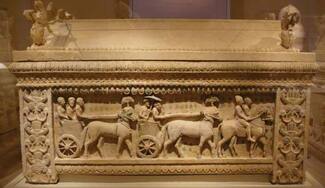 So, when you work at a cemetery, there are certain monuments that catch your eye on a daily basis. Yes, some are utterly unique or incredibly artistic. Others may be marking the grave of an outstanding citizen from our past, or have a familiar, Frederick-centric name carved on their faces. For this week’s “Story in Stone,” I chose a monument that always jumps out at me, solely for the fact that I have never seen the family surname anywhere locally, or in our local history books. I was intrigued because the memorial in question is quite large, and I was particularly curious as to the decedent’s background, having died in 1901 and not recognizing the name at all. The gravestone in question is that of James Marion Tetrick and wife Hannah “Jane” (Huey) Tetrick. I would soon learn that neither individual ever lived here in Frederick, or Maryland for that matter. When I first saw their grave, I actually thought it said Detrick but had to do a double-take. Interestingly, I would find a couple connections to Detrick in name and place. It is fashioned in the style of a sarcophagus, a popular style of the late 19th century and found throughout Mount Olivet. A sarcophagus is a box-like funeral receptacle for a corpse, most commonly carved in stone, and usually displayed above ground, though it may also be buried. Although not as ornate as others of this ilk found here, the final place is certainly well-marked with a substantial piece of granite. From time to time, I get asked if bodies are actually placed within these monuments as was done in ancient times. The answer is a resounding no, as these are strictly ornamental. And speaking of ornamental, my research on the couple buried beneath this stone did not reveal as much as I had hoped, however, along the way, I would find another vintage memorial in stone to the Tetricks—one which I never expected to stumble upon. The Search I’ve started research from scratch like this plenty of times before, and am fortunate to have cemetery records at my fingertips. In our Mount Olivet database, I found the Tetricks and corresponding information as to vital dates, parents’ names and exact grave location. I next pulled the lot card for Area MM/Lot 169 and found the original owners to be Mrs. Tetrick and a daughter (Sallie) and a son-in-law named Dr. Rudolph M. Rau. The threesome also owned the adjoining Lot 168, both properties having been purchased in May of 1924. I next located the all-important interment cards for both Mr. and Mrs. Tetrick. The interment cards usually provide “place of death” and “cause of death.” Things now ramped up as I cut to the chase by looking for obituaries for Jane and James (Tetrick). Starting with James, I learned he had died of cancer in August, 1901. I, however, only found a scant mention of death in a Wheeling, West Virginia newspaper from 1901. In the case of Jane Tetrick, I successfully garnered a local obit in the Frederick paper from February, 1931. Although she was living in Parkersburg, WV at the time of her death, the sole reason for local coverage was due to the fact that daughter Sallie (Tetrick) Rau was living in Frederick at 212 Rockwell Terrace at the time. Dr. Rau was listed as a medical surgeon and mental therapeutist. The newspaper makes mention of how Mr. and Mrs. Rau abruptly left town to be with the ailing Mrs. Tetrick in West Virginia. I checked for info on the Tetricks in online newspaper archives, Findagrave.com and Ancestry.com. I netted various census records showing both husband and wife to have lived most of their lives in north-central West Virginia. Mr. Tetrick was born in Virginia, as this particular area (Marion County) was not West Virginia until the new state was established during the American Civil War in the year 1864. James was born on September 2nd, 1852. He was the son of Peter Tetrick and wife Matilda Nay and grew up on the family farm located along the Buffalo River outside of Mannington in a nearby hamlet named Worthington. His father served as a county justice in the 1850s and was descended from a German immigrant named Henry Christoph Tetrick, born between 1720-1730 in Bavaria, Germany. Henry (d.1814 in Harrison county, VA), our subject’s great-grandfather, immigrated to Virginia sometime around 1740, possibly with brothers named George and Jacob, and his name was Anglicized from De Ryck. Jane’s Huey family had come from Pennsylvania a few years after her birth in about 1854. She first appears in the 1860 census with her family living in Mannington and her father listed as a shoemaker and grocery store merchant. As said earlier, Mannington is located in north central West Virginia and is within Marion County. This town, northwest of Fairmont, has a current population of 2,124 and was originally known as Forks of Buffalo due to its location on Buffalo Creek. The town site was first settled around 1840, and in 1856 it was renamed Mannington in honor of Charles Manning, a civil engineer with the newly constructed Baltimore and Ohio (B&O) Railroad. Perhaps James and Jane knew each other from childhood and school days as both were only a few years apart in age. The couple married on September 2nd, 1875. The 1880 census has them living on the family farm of Peter Tetrick. James profession here is listed as that of a farmer, but it would change drastically by the end of the century. The couple has two daughters at this point in time—Matilda Pearl (b. 1877) and Sarah Sallie (b. 1878). A son named Otto died at nine months of age. His name adorns the back of the Tetrick monument here in Mount Olivet, but he is not noted being here anywhere in our records as he died and was originally buried in West Virginia. A new chapter in Mannington's history began in 1889 with the first oil drilling, following recommendations made by Dr. I. C. White, a geologist from Morgantown. Although many felt that the area was unfavorable for oil reserves, White persisted and soon gained enough local support to drill. Following the first strike, late in 1889, real estate prices soared 100% in two days in a boom-town mentality. Dr. White pushed for natural gas exploration. It was this venture, more successful than any before or since, that was most responsible for Mannington's growth. Of course, we are not aided by the presence of an 1890 census record because all were lost in a horrific fire. I did find a small advertisement that listed J.M. Tetrick as a druggist in Mannington that same year. As the town grew, so did the need for banks and Mr. Tetrick can be found on the board of directors for a third bank in the vicinity organized in 1896. James Marion Tetrick was duly elected the bank’s first president. Oh, what an exciting time to be in Mannington! The population would increase from approximately 700 people in the late 1800s to over 4,000 by 1917. By 1900, Mannington was a thriving town, complete with its own trolley system, electricity, theaters, schools, fire department, telephones and other amenities. James M. Tetrick even ran for the state’s House of Delegates, but came up short of election.
Of the many things in death, missed by Mr. Tetrick, was the discovery of oil on his former farm, as evidenced by this news clipping from 1907. The body of James Marion Tetrick would repose in Mannington until the year 1924. For one reason or another, his widow would make plans to have his body moved to Mount Olivet in Frederick, Maryland—some 194 miles away. The reburial here in Area MM was performed on June 26th, 1924. This info is clearly written on the back of the interment card, in bold blue pencil, I may add. As for the rest of the Tetrick family, Jane would join her husband here in Mount Olivet upon her death in 1931 as referenced earlier. Daughter Willa (Tetrick) McGregor (1884-1944), a resident of Parkersburg, WV, would be buried here in the family plot upon her death in February, 1944. The Tetrick's other daughter, Sallie, has an interesting story herself. As a Frederick resident since 1911, she and her husband, Dr. Rudolph Rau (1871-1948), have left us some interesting proof of their habitation here in Frederick. Mr. Rau met Miss Tetrick, said to have been quite a beautiful young lady, in West Virginia. He was a native of nearby Bolivar, (WV) in Jefferson County but practiced in Wheeling at which place he and his wife resided before coming here. The physician apparently suffered paralysis while conducting a surgery. Forced into an early retirement, the Raus came to Frederick after purchasing a property northwest of the city which once contained the former St. Joseph's Villa located east of today's Rosemont Avenue/Yellow Springs Road near the intersection with Rocky Springs Road. The Jesuits had used this site as a retreat center for aspiring priests and their teachers associated with the Frederick Novitiate Academy, once located on East Second Street. The two-storey, 80 by 60 ft villa they built included a small chapel, recreation room, kitchen, and dormitories. A porch extended around 3 sides, and occupants could sit on chairs and enjoy the cool mountain breezes. The Jesuits stopped using the villa in January 1903, when the Novitiate Academy moved to New York. St. Joseph’s Villa was torn down sometime afterwards. In 1911, Francis T. Lakin sold a 99-acre parcel to Rudolph and Sallie Tetrick Rau. Rau built a 3 storey, Greek Revival-style mansion and carriage house, and also extensively landscaped the property. The imposing mansion had two storey columns and a ballroom on the third floor. The garden and estate fit with the early 20th century gardening trend away from ornate Victorian designs. The Raus would rename their country home Villa Rau. According to his obituary, Rau was interested in farming and owned several large farms in Frederick County. Dr. Rau and his family sold the property to Robert S. Bright on January 31st, 1929. Bright used the house as a summer residence until his death in 1943. The 4.5 acre site of the mansion eventually was sold to Macie S. King, and Bright sold the surrounding property to Harry M. Free. The United States government obtained both properties in 1946 as they became part of Fort Detrick. The Rau mansion housed post commanders until it was demolished for safety reasons in 1977. The carriage house was demolished in 1993. They stayed here until 1929, at which time the couple built a near duplicate at 212 Rockwell Terrace and moved in town. I'm assuming the Tetrick "oil money proceeds" were put to good use as the Raus would buy several properties in and around Frederick while here. Sally Rau, died in 1946 and was memorialized with a fine ledger monument that sits in the front row of Area MM adjacent the central driveway through the heart of Mount Olivet. Mrs. Rau’s husband, Dr. Rudolph M. Rau, would die in 1948 and be placed by her side. Old Mannington The 1929 stock market crash and the Depression severely affected Mannington's economy. The trolley ceased operation in 1933, factory workers left as demand for products decreased, and the town's population began to decline. The oil and gas boom has long passed, but coal mining became a principal industry in the 1950s. Although many of these industries left the area, the wealth that they brought to the community is still reflected in its handsome historic homes and public buildings. Many are included in the Mannington Historic District, which is listed in the National Register of Historic Places. While doing some online sightseeing, one building certainly caught my eye, much like the Tetrick sarcophagus burial monument had done to me in the first place. I found a beautiful photograph found on the Flickr website, taken by a Joseph A. from Pittsburgh. It was a streetscape scene which prominently included the former sight of the Mannington Bank, more commonly known as the “Tetrick Building.” The 1898 building located on 102 Buffalo Street has seen better days, as it is in deplorable condition. High atop its face, within its gable, one can see a memorial to the bank’s first president, elected in 1896— J. M. Tetrick. Just as the name Tetrick caught my eye here in Mount Olivet, inspiring me to write this story, I’m betting it has caught countless more as it sits high atop Mannington, WV. A true testament to a life once lived.
6 Comments
shane shanholtz
5/23/2020 01:26:53 am
another great story
Reply
Joyce Garrison
5/24/2020 10:08:34 pm
Love your writings & making the long forgotten come alive. I have often said to my husband when looking at a cemetery - there are so many stories hidden behind each stone.
Reply
Scott Tetrick
10/7/2020 11:36:59 pm
Wow, very interesting. We are descendants of Henry Tetrick in WV. Thanks for such a thorough article.
Reply
9/28/2023 09:05:34 am
Living in Bocas del Toro is a dream come true! I've had the pleasure of experiencing this beautiful paradise, and Bocas Homes has made the experience even better. Their expertise in the local real estate market and commitment to finding the perfect home for you is unmatched. If you're considering making Bocas del Toro your home, definitely check out Bocas Homes for all your real estate needs.
Reply
9/28/2023 09:06:34 am
Looking for the perfect slice of paradise in Bocas del Toro? Look no further! Bocas Homes has an incredible selection of Bocas del Toro properties for sale that are sure to capture your heart. 🌴🏡 Don't miss out on this opportunity to own a piece of this tropical paradise!
Reply
Mary Huey
11/30/2023 05:35:20 pm
Just found this post and was excited to see some of the pictures of Mannington, the birthplace of my husband's paternal grandfather. During my first visit to Mannington (1972), we visited the old family homestead on Huey Run. The uncles headed up the hill behind the house to find the old family cemetery site which was abandoned around the turn of the century (1900) in favor of what is the Huey-Thorne Cemetery. I was told that all the folks buried in the family cemetery were moved to the Huey-Thorne Cemetery including my husband's second great grandfather, David Wilson, a younger brother of Jane Huey's father. Thanks for sharing all the research you did!
Reply
Leave a Reply. |
STORIES
|
Archives
July 2024
June 2024
May 2024
April 2024
March 2024
February 2024
January 2024
December 2023
November 2023
September 2023
August 2023
July 2023
June 2023
May 2023
April 2023
March 2023
February 2023
January 2023
December 2022
November 2022
October 2022
September 2022
August 2022
July 2022
June 2022
May 2022
April 2022
March 2022
February 2022
January 2022
December 2021
November 2021
October 2021
September 2021
August 2021
July 2021
June 2021
May 2021
April 2021
March 2021
February 2021
January 2021
December 2020
November 2020
October 2020
September 2020
August 2020
July 2020
June 2020
May 2020
April 2020
March 2020
February 2020
January 2020
December 2019
November 2019
October 2019
September 2019
August 2019
July 2019
June 2019
May 2019
April 2019
March 2019
February 2019
January 2019
December 2018
November 2018
October 2018
September 2018
August 2018
July 2018
June 2018
May 2018
April 2018
March 2018
February 2018
January 2018
December 2017
November 2017
October 2017
September 2017
August 2017
July 2017
June 2017
May 2017
April 2017
March 2017
February 2017
January 2017
December 2016
November 2016

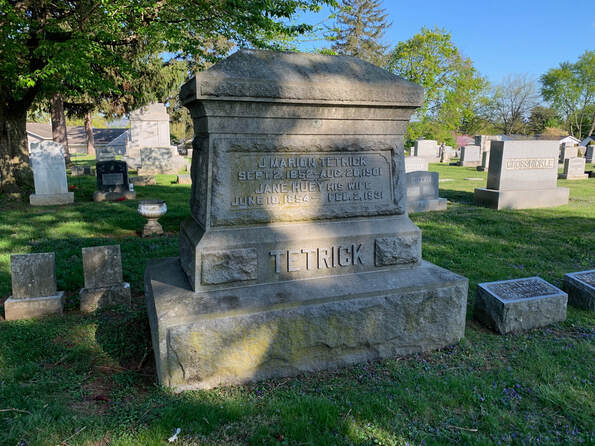
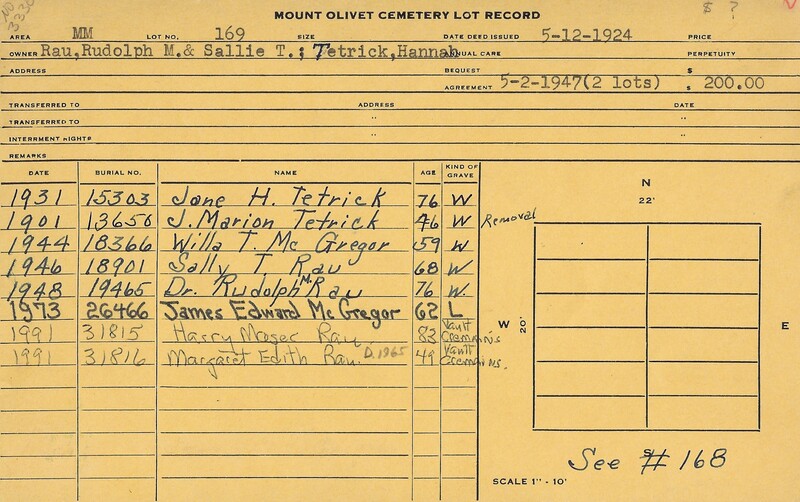
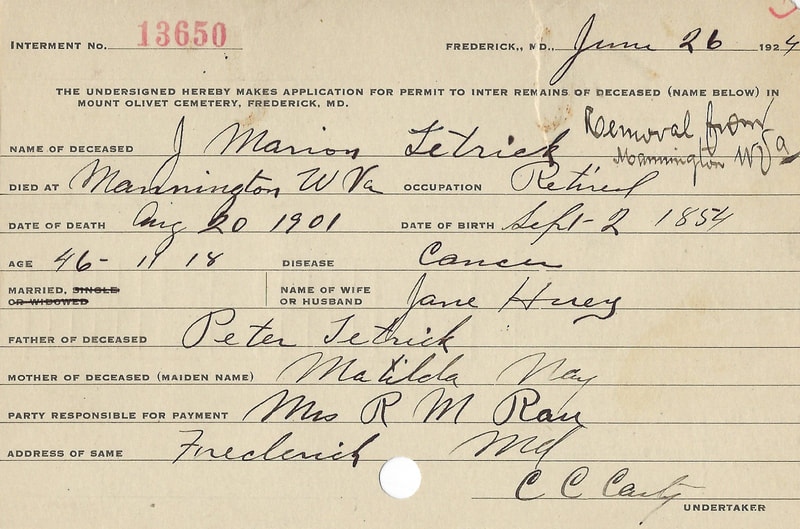
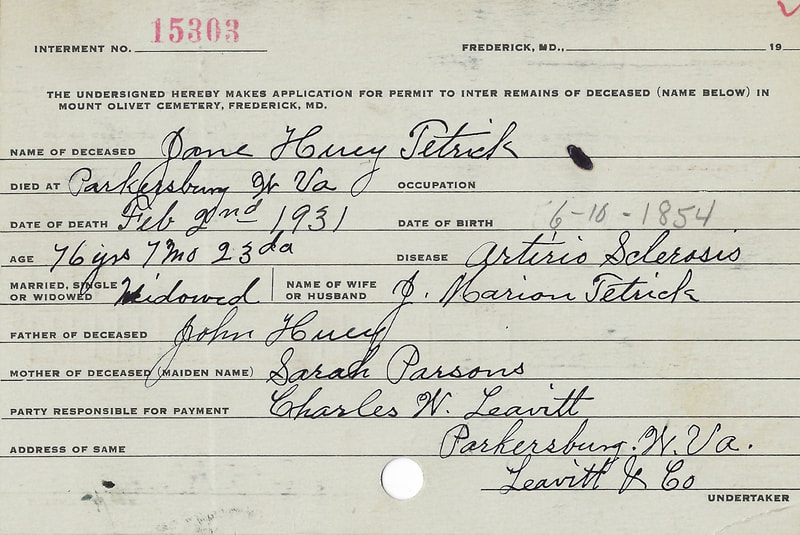

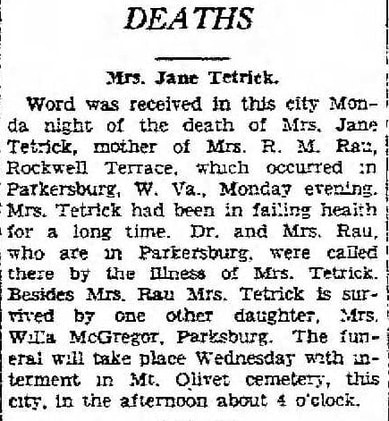




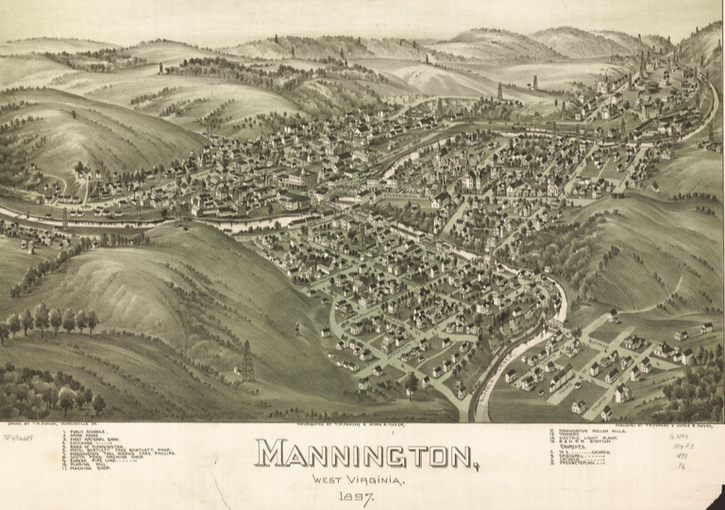


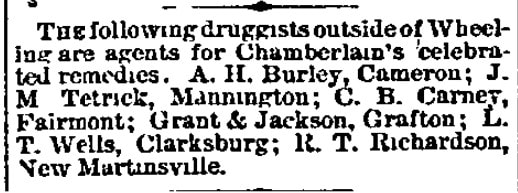
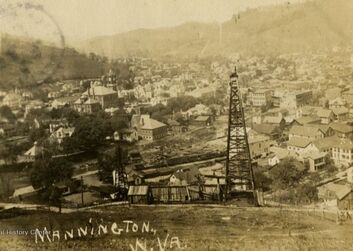
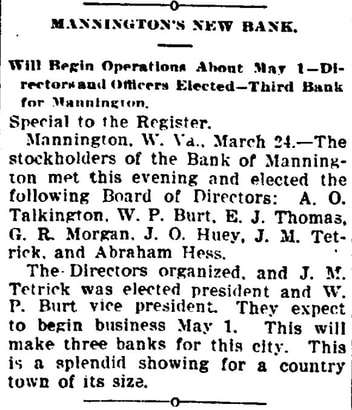
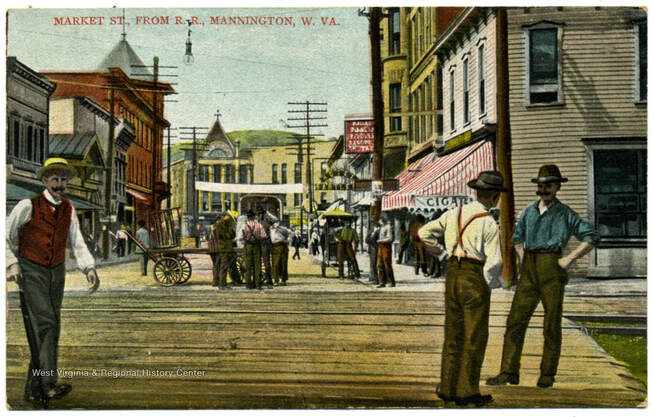

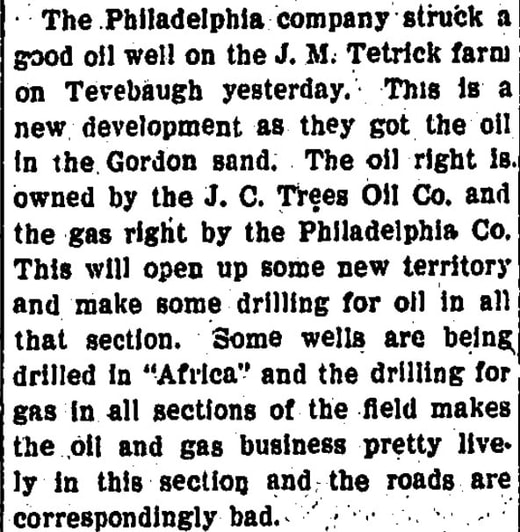
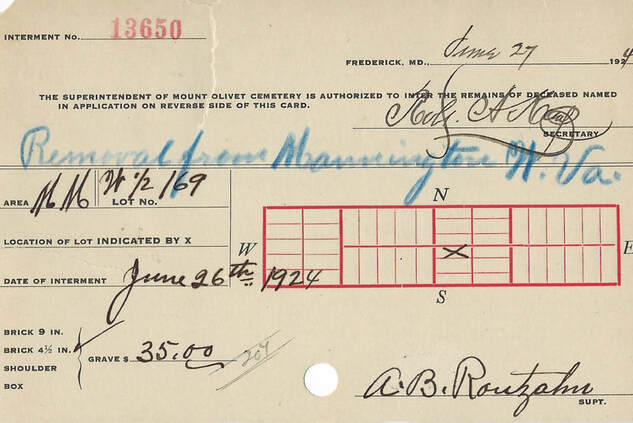
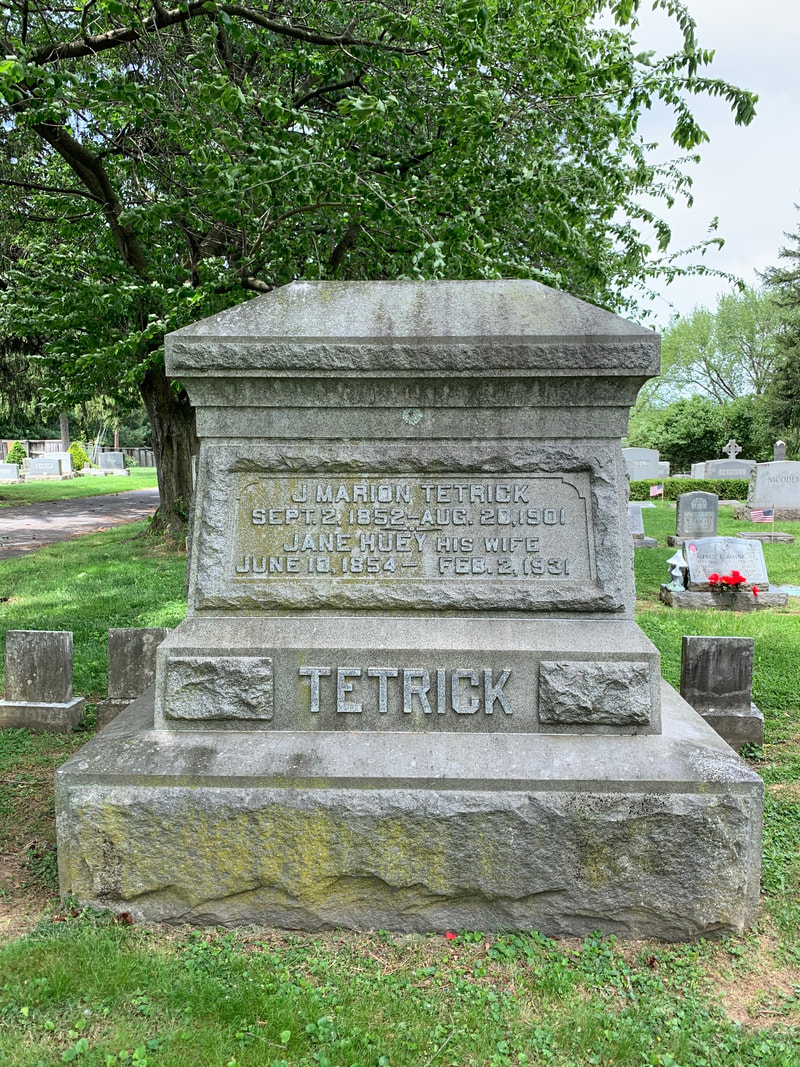
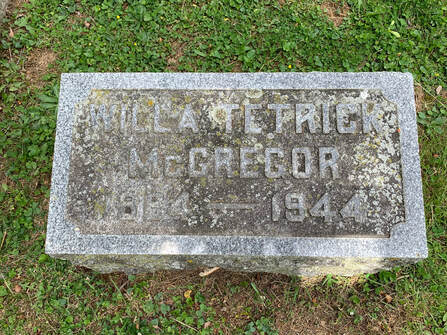
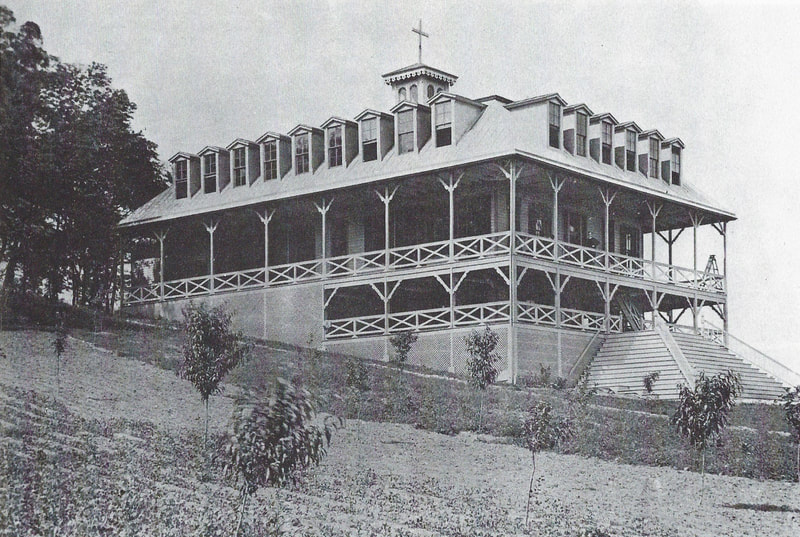
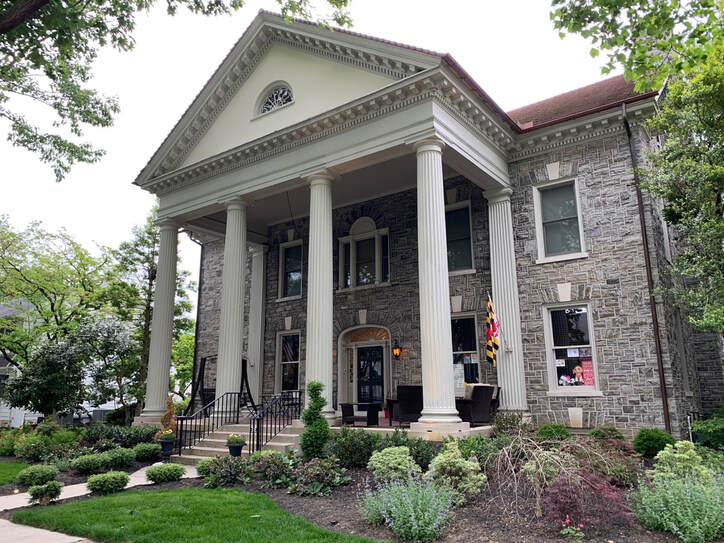
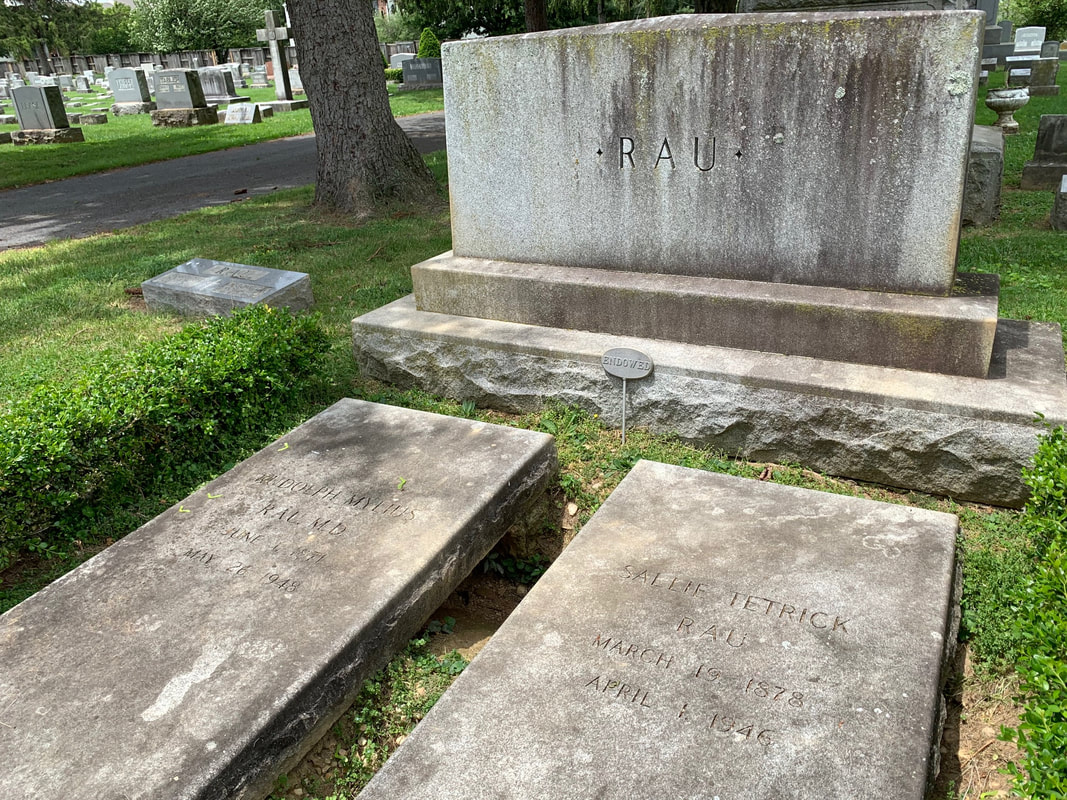

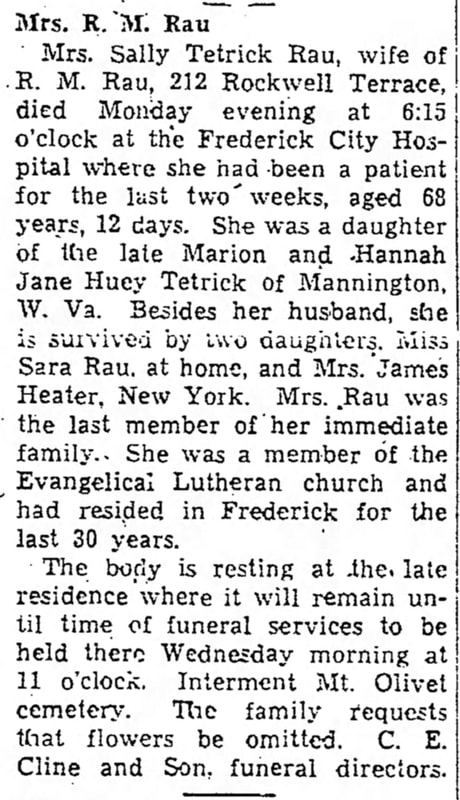
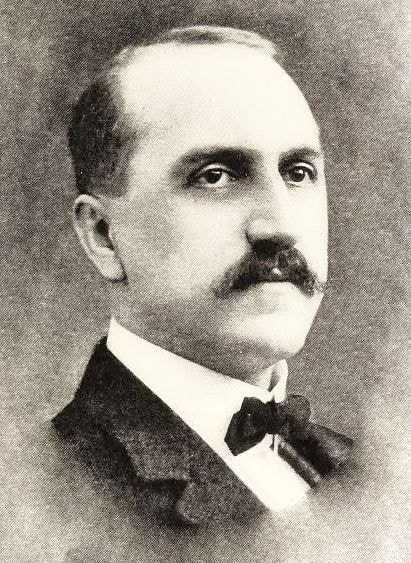

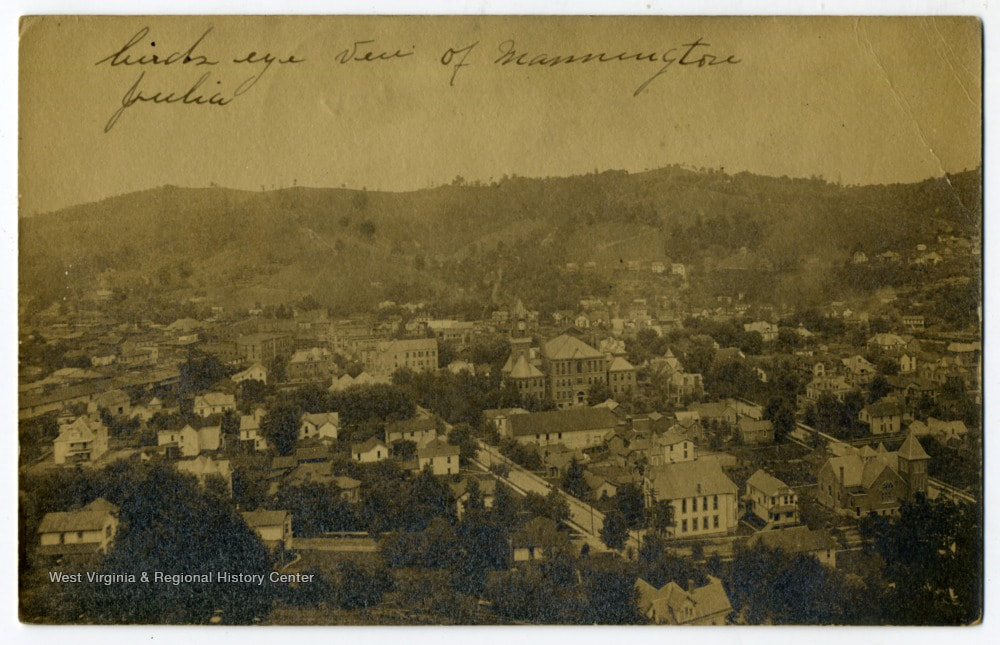
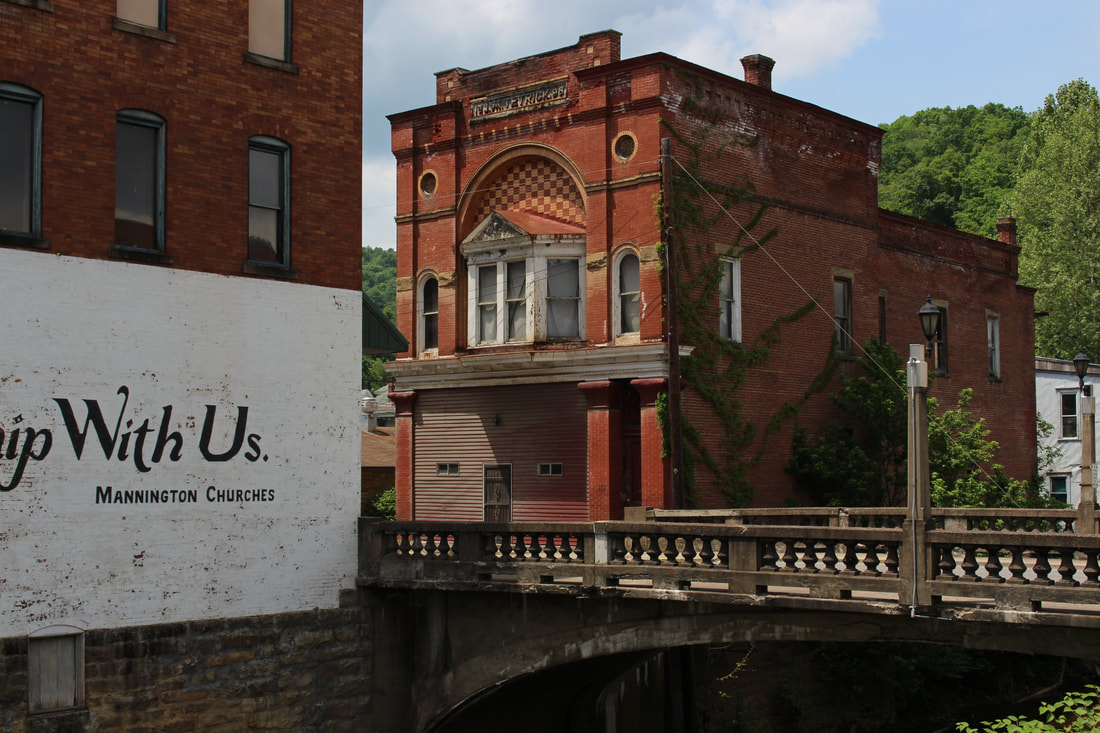
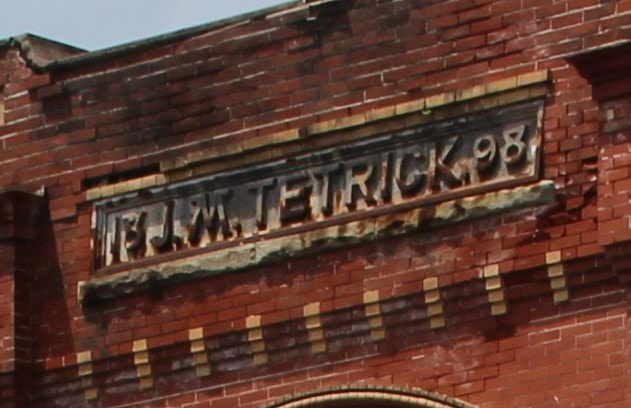
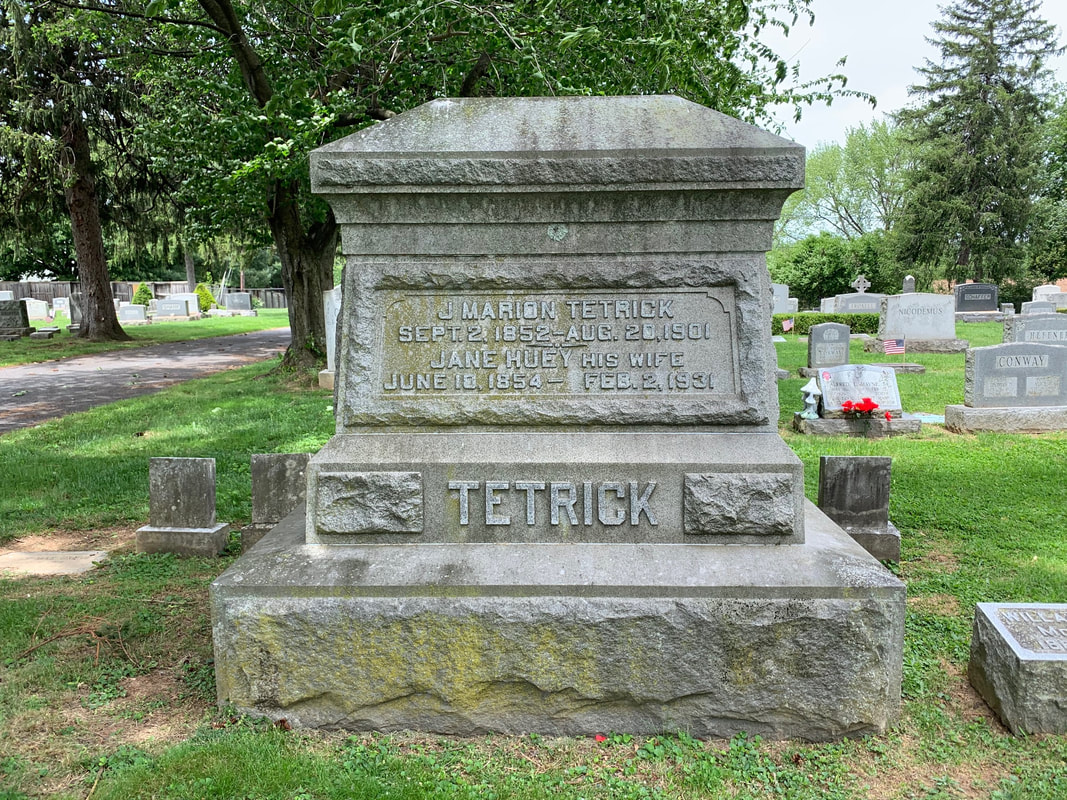
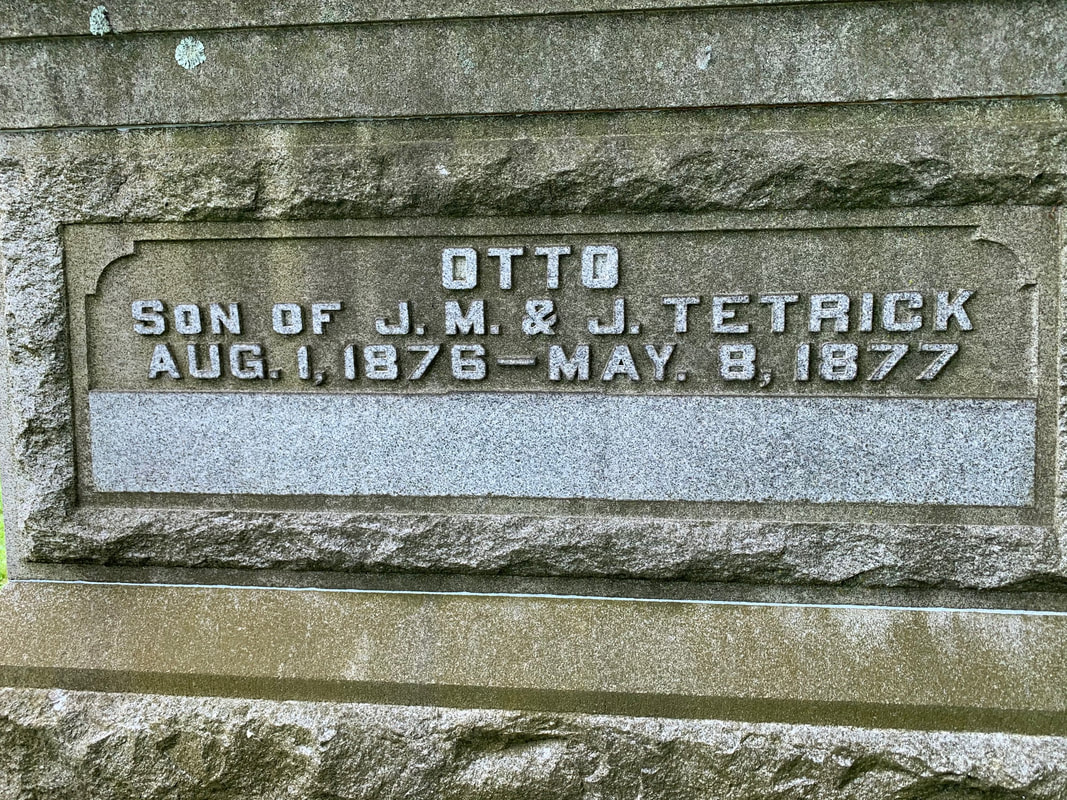

 RSS Feed
RSS Feed